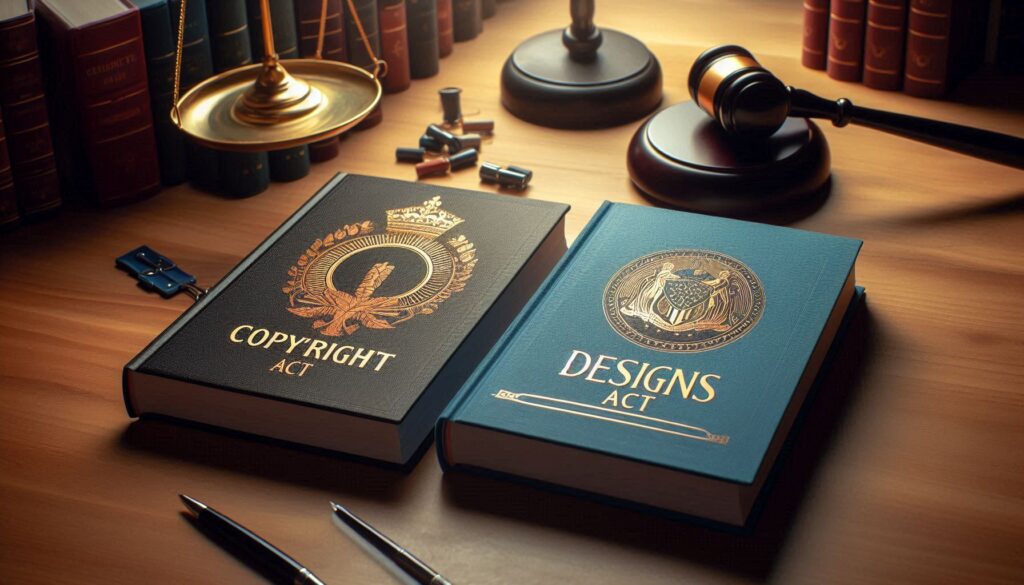
Facts
1. Inox India Ltd. filed a suit in 2018 against Cryogas and LNG Express, alleging infringement of its proprietary engineering drawings and literary works related to the design and manufacture of cryogenic semi-trailers.
2. Inox claimed copyright in these drawings and works used in manufacturing trailers for transporting liquified gases and sought damages, injunctions, and destruction of infringing material.
3. LNG Express countered with an application under Order VII Rule 11 CPC, arguing the suit was barred under Section 15(2) of the Copyright Act since the drawings qualified as “designs” under the Designs Act and were reproduced industrially over 50 times.
4. The Commercial Court accepted LNG Express’ application and rejected the plaint.
5. Inox appealed to the Gujarat High Court, which reinstated the suit and interim injunction, directing fresh adjudication.
6. Upon reconsideration, the Commercial Court again dismissed the suit and interim relief. Inox appealed again, and the High Court restored the suit.
7. The matter reached the Supreme Court via the present civil appeals.
Issue
1. Whether the engineering drawings used by Inox for manufacturing cryogenic semi-trailers are entitled to copyright protection or should be considered as “designs” under the Designs Act.
2. Whether the Commercial Court erred in rejecting the plaint at the threshold under Order VII Rule 11 CPC based on Section 15(2) of the Copyright Act.
Laws Involved
1. Copyright Act, 1957
a. Section 14: Rights under copyright.
b. Section 15(2): Ceases copyright for designs capable of registration and reproduced more than 50 times by industrial process.
c. Section 2(c): Defines “artistic work”.
2. Designs Act, 2000
Section 2(d): Defines “design” as features applied to articles with visual appeal made by industrial process.
3. Code of Civil Procedure, 1908
a. Order VII Rule 11: Rejection of plaints that do not disclose a cause of action or are barred by law.
b. Order XXXIX Rules 1 and 2: Interim injunctions.
Test laid down by the Hon’ble Supreme Court to crack open the conundrum caused by Section 15(2) of the Copyright Act so as to ascertain whether a work is qualified to be protected by the Designs Act –
(i) whether the work in question is purely an ‘artistic work’ entitled to protection under the Copyright Act or whether it is a ‘design’ derived from such original artistic work and subjected to an industrial process based upon the language in Section 15(2) of the Copyright Act;
(ii) if such a work does not qualify for copyright protection, then the test of ‘functional utility’ will have to be applied so as to determine its dominant purpose, and then ascertain whether it would qualify for design protection under the Design Act.
Judgement key findings :
1. Original artistic works do not lose copyright protection simply by being industrially applied unless they meet the threshold under Section 15(2) (i.e., 50+ reproductions).
2. Not all industrial drawings are “designs” under the Designs Act—only those that appeal to the eye and are not purely functional.
3. The question of whether a work falls under the Copyright Act or the Designs Act is not purely legal but involves mixed questions of law and fact and requires trial.
4. At the stage of Order VII Rule 11, the court cannot conclusively determine if a design is registrable or crosses the threshold of 50 reproductions.
5. The Court concluded that the High Court rightly restored the suit for full trial and that the plaint could not be rejected at the preliminary stage.
Case – Cryogas Equipment Private Limited versus Inox India Limited and Others, Special Leave Petition (C.) No. 28062 / 2024 [Decided on 15th April 2025]






Leave a Reply